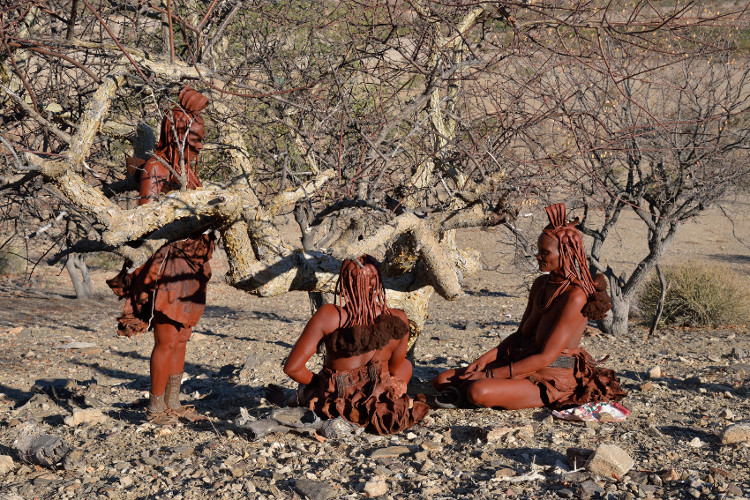At 7% Kenya has one of the lowest levels of tree cover in Africa. The 20 Million Trees campaign from the International Tree Foundation (ITF), is helping Kenya to meet its reforestation targets. This campaign contributes to the Kenyan government’s wider environment strategy tackling climate change, land degradation and reversing deforestation.
ITF has been working closely with partners including Mount Kenya Environmental Conservation (MKEC), the Mount Kenya Trust , the Kenya Forest Research Institute and Botanic Garden Conservation International supporting community organisations leading the 20 Million Trees campaign.
As part of its work with groups of small holders in the Embu district, MKEC conducted a household survey to understand how people use the forests. Rural Kenyan communities rely primarily on the forests for collecting firewood and harvesting wild plants for fodder. The forests have also suffered from encroachment, logging, poaching, fires and livestock farming.
As part of this inspiring community-led reforestation project, local women groups and community groups establish tree nurseries and take part in tree planting and are also responsible for the aftercare. Young trees are planted in existing forest, degraded areas and on small farms. For farmers, reforestation helps to prevent soil erosion, restores soil fertility and the trees provide shade for crops. Vegetables can be cultivated amongst the maturing trees, improving food security and providing additional income. If two vegetable crops can be harvested a year, then it is estimated that farmers can earn up to $1000. This additional income can support access to education and healthcare, and enable farmers to save and invest.
The 20 Million Trees campaign, works with local communities living in and around the Imenti and Ontulili forests, Aberdares, Mount Elgon, the Cherangani Hills and the Kakamega forest – Kenya’s only remaining rainforest. On Mount Kenya, the ITF and the 20 million Trees campaign aim to restore 900 hectares of degraded forest and plant more than 800,000 trees!

